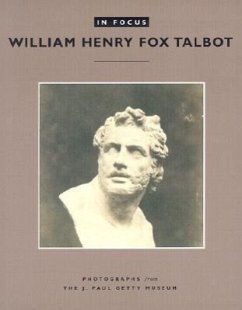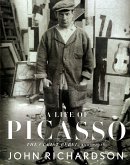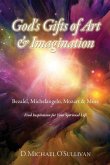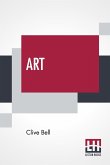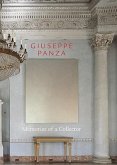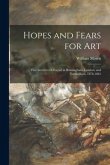William Henry Fox Talbot--a scientist, mathematician, author and artist--is credited with being the inventor of photography as we know it. In mid-1834 he began to experiment with light-sensitive chemistry, and in January 1839 he announced his invention of the photogenic drawing, two weeks after Louis-Jacques Mande Daguerre's daguerreotype process debuted in France. Talbot's improved process, the calotype, was introduced in 1840. This invention, which shortened exposure times and facilitated making multiple prints from a single negative, became the basis for photography as it is practiced today. The Getty Museum's collection includes approximately 350 of Talbot's photographs, about 50 of which are reproduced here in full color with commentary on each image. Also included are an introduction to the book and a chronological overview of the artist's life as well as an edited transcript of a colloquium on Talbot's career.
Hinweis: Dieser Artikel kann nur an eine deutsche Lieferadresse ausgeliefert werden.
Hinweis: Dieser Artikel kann nur an eine deutsche Lieferadresse ausgeliefert werden.

